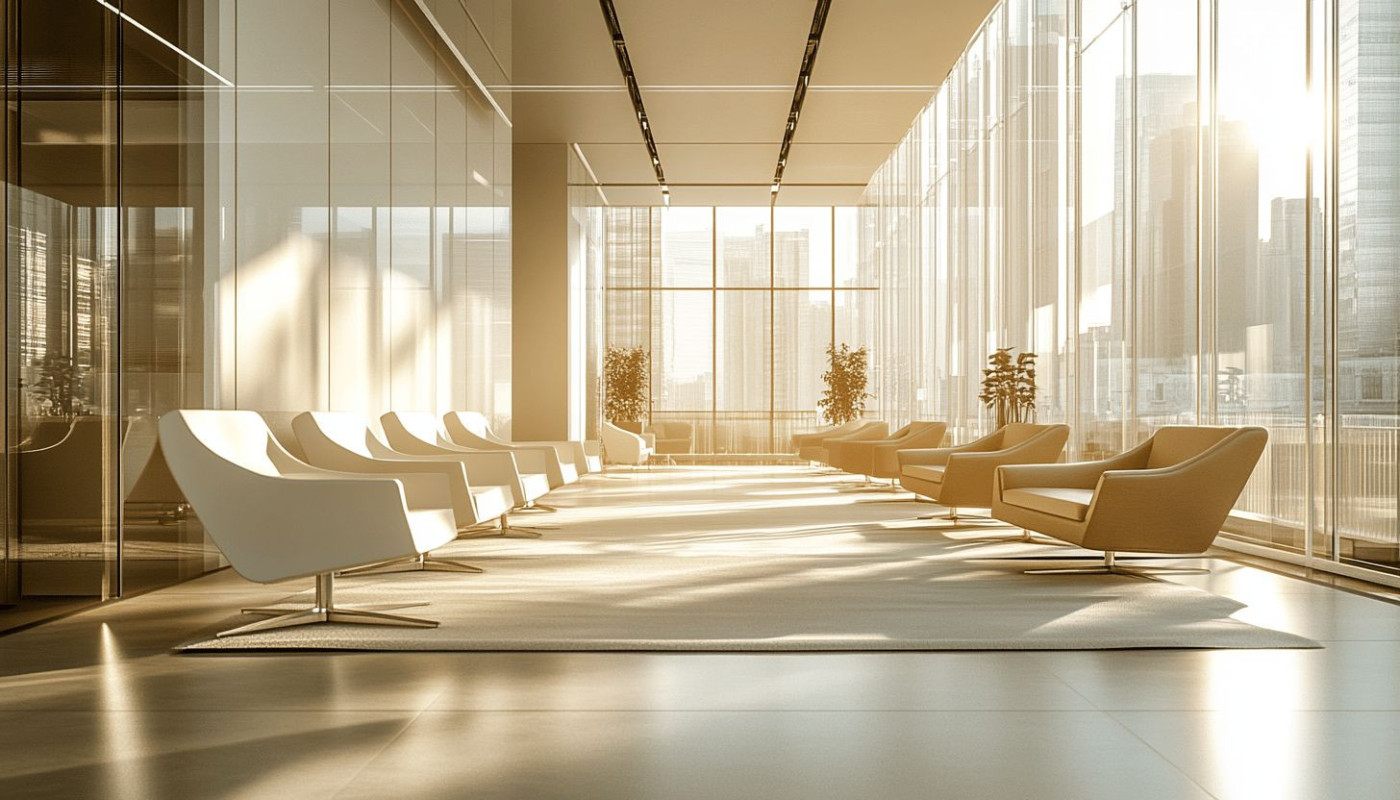Table of contents
The choice between high-end and creative shared work environments can dramatically influence your productivity, collaboration, and workplace satisfaction. While each offers unique experiences and advantages, understanding their distinctions is essential for making an informed decision tailored to your needs. Explore the following paragraphs to discover which workspace option might best support your professional journey and creative ambitions.
Defining workspace environments
High-end coworking solutions are characterized by sophisticated workplace design, premium furnishings, advanced technology, and a professional environment that reflects corporate culture. These shared office spaces typically emphasize privacy, ergonomics, and services such as concierge support, private meeting rooms, and secure access, catering to executives, consultants, and established businesses seeking an upscale, distraction-free setting. In contrast, creative workspaces foster collaboration, idea exchange, and innovation through open layouts, flexible seating, communal areas, and vibrant decor. Such environments prioritize adaptability and inspiration, making them ideal for freelancers, startups, and creative professionals who benefit from interactive communities and a dynamic atmosphere.
The key technical distinction lies in how each space addresses the needs of its users through workplace design and ergonomics. High-end coworking spaces invest heavily in adjustable seating, acoustics, and lighting to support productivity and well-being during extended work periods, while ensuring a polished image for client interactions. Creative shared office spaces, meanwhile, focus on communal zones, multipurpose furniture, and casual break areas, where informal discussions and spontaneous collaboration are encouraged. Both approaches serve different professional preferences, allowing individuals and teams to select the environment that best aligns with their operational requirements and work styles.
Impact on productivity
Workspace productivity is heavily influenced by the type of shared environment, with both high-end and creative coworking spaces offering distinct coworking benefits. High-end workspaces typically boast superior office amenities such as ergonomic furniture, private meeting rooms, and advanced technology infrastructure, contributing to professional efficiency for individuals and teams alike. In contrast, creative shared work environments often emphasize flexible layouts, communal zones, and artistic décor, which can foster inspiration but may introduce variability in noise levels and privacy.
Acoustics play a crucial role in determining how effectively people can concentrate and collaborate. High-end workspaces tend to invest in soundproofing and dedicated quiet zones, minimizing distractions and optimizing team workflow. This contrasts with creative shared offices, where open spaces and buzzing atmospheres can support networking but sometimes disrupt deep focus. The availability of resources, from high-speed internet to print stations and coffee bars, further differentiates productivity outcomes between these environments.
Choosing between these workspace types depends on whether the priority is a calm, resource-rich setting or a dynamic, idea-driven atmosphere. For professionals seeking a blend of amenities and creativity, exploring the Best coworking spaces in San Francisco offers insight into how leading venues balance these factors for diverse teams and industries. More information about such spaces can be found at https://best-rank.fr/en/professional-services/the-10-best-coworking-spaces-in-san-francisco/.
Cost and value analysis
High-end shared work environments generally command premium rates, reflecting upscale amenities, prime locations, and exclusive services. These spaces often attract businesses seeking impressive facilities for client meetings, advanced technological infrastructure, and a prestigious address. The coworking price comparison typically reveals that such environments feature higher operational expenses, influencing overall membership costs. In contrast, creative shared work environments take a budget-friendly coworking approach, prioritizing affordability and flexibility. These spaces may have more basic amenities but foster community engagement, networking, and resource-sharing among professionals. When conducting an office cost analysis, it becomes clear that workspace investment decisions hinge on organizational priorities; some value the cachet and convenience of high-end offerings, while others appreciate the innovative culture and collaborative spirit found in creative hubs. Ultimately, value for money varies by user: high-end spaces present a tangible return for those prioritizing image and high-level support, whereas creative environments deliver significant benefits for individuals and startups focused on collaboration and cost efficiency.
Community and networking
Community engagement and networking opportunities in high-end and creative shared work environments differ significantly in their approach and outcomes. In a high-end collaborative workspace, the coworking community is often curated through professional networking events, exclusive seminars, and industry-specific workshops. These workplaces typically employ dedicated community management professionals who design sophisticated programs to facilitate workplace socialization, such as formal mixers, mentorship sessions, and business pitch nights. As a result, members experience streamlined pathways to connect with industry leaders, potential clients, or investors, elevating the networking experience to a more strategic level.
In contrast, creative shared workspaces emphasize organic connections and a vibrant, dynamic coworking community. Community management here focuses on fostering inclusivity and encouraging spontaneous collaboration through informal gatherings, collaborative projects, and playful social events like art nights or hackathons. These environments attract diverse talents—designers, writers, tech innovators—who interact in relaxed settings that spark innovative partnerships. Both settings leverage community management but differ in their methods: high-end environments aim for polished, structured professional networking, while creative spaces cultivate a culture of open, cross-disciplinary workplace socialization where collaboration thrives naturally.
Choosing the right fit
When choosing coworking space, a strategic needs assessment stands as the initial step in workspace selection, ensuring the chosen environment aligns with professional workspace needs. Identify the core objectives: whether the priority is networking, privacy, access to premium amenities, or fostering creativity. For professionals in industries demanding confidentiality and advanced business infrastructure, high-end office fit options may present the best match, offering superior privacy and specialized facilities. In contrast, creative shared office environments tend to attract freelancers, startups, and those in creative industries, providing flexible layouts, dynamic collaboration zones, and an inspiring atmosphere that encourages idea exchange. To optimize your choice, evaluate not only the current requirements but also potential for future growth, the frequency of client visits, and the specific community culture. Weigh factors such as contract terms, location accessibility, included technologies, and the balance between open collaboration versus enclosed spaces. This careful approach to choosing shared office space ensures that the chosen solution actively supports both immediate and long-term professional aspirations.
Similar







